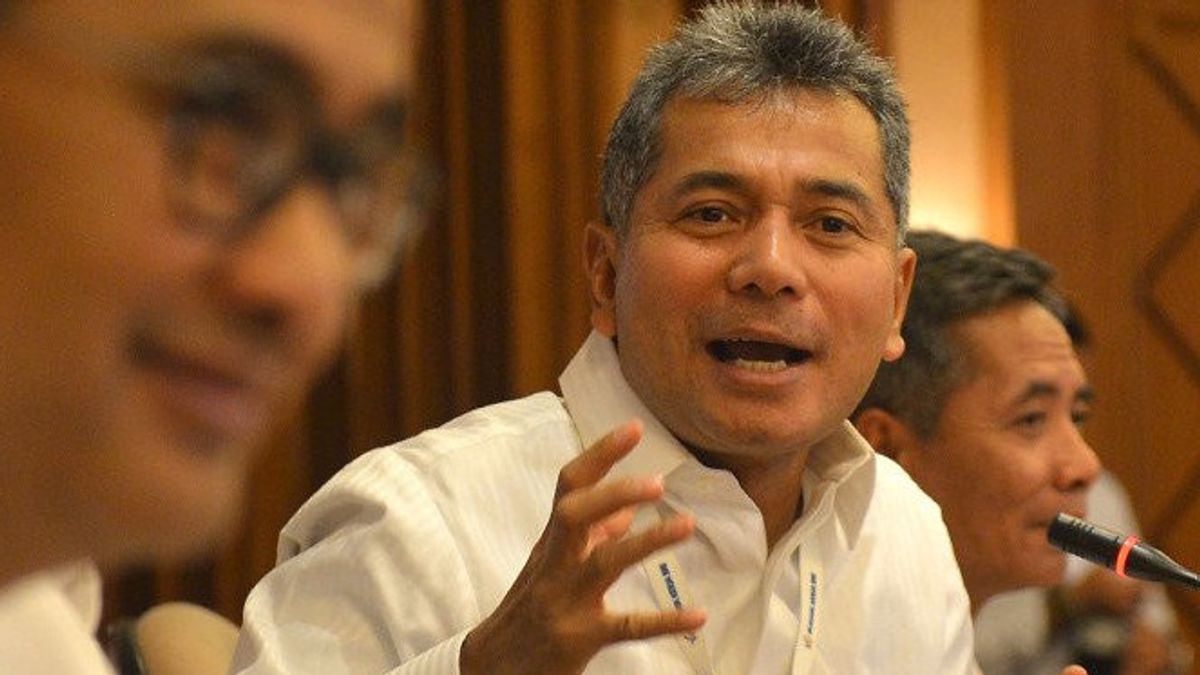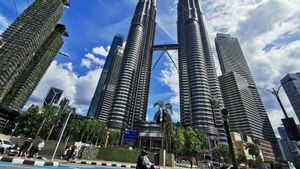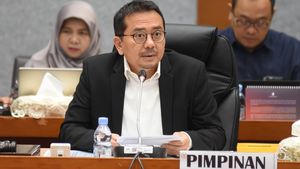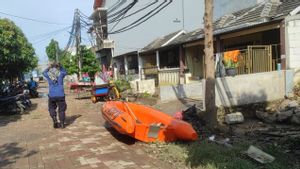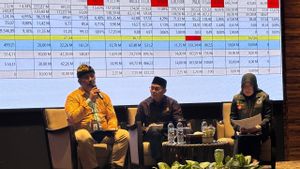JAKARTA - PT Bank Rakyat Indonesia Tbk (BRI) has decided to lower its Prime Lending Rate (SBDK) for all segments, namely corporate, retail, micro, KPR, and non-KPR by 150 bps-325 bps starting February 28, 2021.
President Director of BRI Sunarso, quoted from Antara, Wednesday, March 3, said that the policy to reduce credit interest rates is part of an effort to support the acceleration of the national economic recovery, in line with the continuing downward trend in the benchmark interest rate by Bank Indonesia.
He explained that the largest SBDK reduction was given to non-KPR consumer loans by 3.25 percent so that the non-KPR SBDK changed from 12 percent to 8.75 percent.
In addition, the prime lending rate for mortgages fell by 2.65 percent, from 9.90 percent to 7.25 percent. The prime lending rate reduction was also made for the micro-segment by 2.5 percent, from 16.50 percent to 14 percent.
In the corporate and retail segment loans, the prime lending rate decreased by 1.95 percent and 1.5 percent, respectively. The prime lending rate for the corporate sector has changed from 9.95 percent to 8 percent and the prime lending rate for the retail segment has decreased from 9.75 percent to 8.25 percent.
Sunarso added that the reduction in credit interest rates was also carried out due to the lower cost of funds and increased levels of banking efficiency due to various digital initiatives that were continuously carried out.
Even though it has decreased, according to him, changes in loan interest rates are not the only variable determining the size or size of the demand for financing from customers.
"Based on the econometric analysis, the variables with the most sensitivity or the highest elasticity to credit growth are the level of household consumption and people's purchasing power", said Sunarso.
Overall, through this step, BRI continues to demonstrate its commitment to become a strategic partner for the government in supporting the distribution of various National Economic Recovery (PEN) stimulus.
"This step is expected to increase household consumption and people's purchasing power. These two improvements will lead to higher demand for credit and improved national economic growth", said Sunarso.
Previously, throughout 2020, BRI had lowered interest rates by an average of 75 bps-150 bps, even for the restructuring of interest rate relief, BRI lowered it between 300 bps-500 bps.
The English, Chinese, Japanese, Arabic, and French versions are automatically generated by the AI. So there may still be inaccuracies in translating, please always see Indonesian as our main language. (system supported by DigitalSiber.id)
